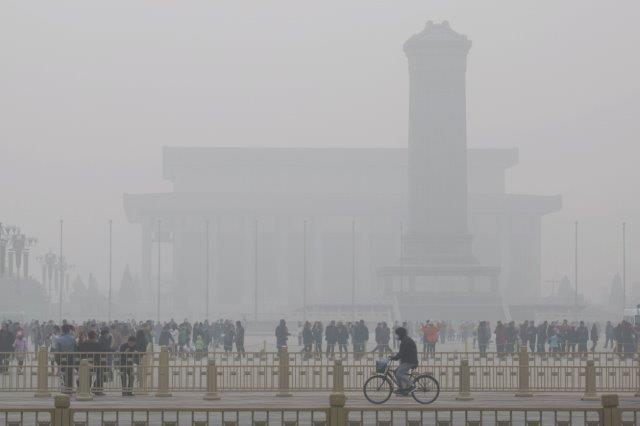FOR IMMEDIATE RELEASE
ACS News Service Weekly PressPac: January 25, 2017
Lifting the fog on Chinas unwieldy air pollution problem
"Peering into China’s thick smog"
Chemical & Engineering News
The new year in many northern Chinese cities kicked off with a blanket of thick, choking smog — that’s despite the anti-pollution efforts that have started taking effect over the past few years. An article in Chemical & Engineering News (C&EN), the weekly newsmagazine of the American Chemical Society, looks into what makes China’s pollution problem so intractable.
Hepeng Jia and Ling Wang, special correspondents for C&EN, report that in 2013 China enacted strict national policies designed to curb air pollution. The plan included reducing coal consumption and lowering fine particulate matter levels, which resulted in the shuttering of thousands of polluting factories, particularly in northern China. In 2015, the government reported that the levels of fine particulate matter in 74 cities dropped by an average of 14.1 percent from the previous year.
Yet the smog lingers. Researchers say the reasons are complicated. Climate change, for example, could play a role by reducing wind, allowing air pollutants to build up and stay put. There is also uncertainty over the sources of pollution and how various emissions react with each other to create the smog. Recent studies have revealed that nitrogen dioxide and ammonia could be contributing significantly to China’s air pollution. Other research suggests that volatile organic compounds from vehicles are also compounding the problem. These findings suggest new areas that China could target to help clean up its air.
Note: ACS does not conduct research, but publishes and publicizes peer-reviewed scientific studies.


